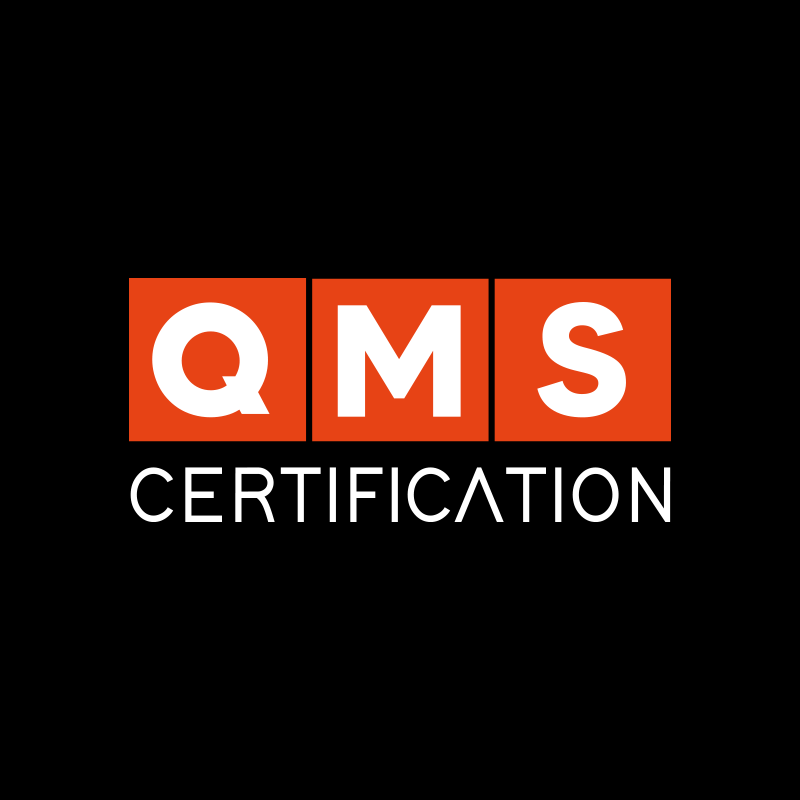To understand how ISO 9001 enhances customer experience, we first need to recognize the consequences of not properly meeting customer expectations. Unsatisfied customers file complaints, request returns or rework, cancel orders, and stop buying from your company.
This leads to several other issues, including revenue loss due to customer churn. On top of that, unhappy customers tend to share their negative experiences, which can damage your company’s image and reputation — making it harder to recover sales. The result? Financial loss, internal frustration, and low team morale.
On the other hand, a satisfied customer promotes your brand. They not only return to buy again, but also recommend your company to others. In that case, what was once a problem becomes a competitive strength. This drives business performance, motivates employees, and transforms organizational outcomes.
That’s why putting the customer first is essential — and ISO 9001:2015 can be the key to this transformation. In this article, we’ll explain what customer experience really means and how the world’s most well-known quality management standard can support it.
What Is Customer Experience?
When we talk about customer experience, some professionals immediately think of the final delivery of the product or service — when the customer receives what they purchased. While this is a critical moment, that narrow view is both incomplete and misleading.
Customer experience refers to the overall perception a customer forms about an organization based on all interactions with the brand. That includes everything from the first point of contact through to post-sales support. It certainly involves product or service quality — but also goes beyond that. Factors such as customer service, response time, ease of access to information, and whether the customer feels valued also play major roles.
In this sense, a great customer experience builds trust, customer loyalty, and differentiation in the market. It begins long before the purchase and is shaped by internal processes, organizational culture, and how the company approaches quality. That’s where ISO 9001 truly makes a difference.
Ongoing Focus on Increasing Customer Satisfaction
While many companies already value customer focus, ISO 9001 takes it even further. One of the key ways ISO 9001 improves customer experience is by expanding the scope of what satisfaction means. It’s not enough to meet customer expectations once — you must continually increase satisfaction.
To achieve that, ISO 9001:2015 requires organizations to understand and systematically meet customer needs and expectations. And this is not just a slogan — the standard demands structured processes to monitor satisfaction, gather feedback regularly, and act on complaints and suggestions.
As a result, customers feel heard and appreciated. When their feedback is considered and transformed into action, they become more loyal and engaged — and their overall experience improves significantly.
Greater Standardization and Consistency in Deliveries
Implementing ISO 9001 leads to clearer, well-documented procedures and controlled processes. This minimizes the risk of variation and error. And if something does go wrong, the organization is better prepared to identify, address, and prevent the issue from recurring.
In practice, this means customers receive consistent quality in products or services — no surprises. Over time, this consistency builds trust. Customers know what to expect, and that reliability strengthens the relationship with your brand.
This, combined with continuous improvement efforts, ensures that any changes to products or services are positive and value-adding. Simply put: ISO 9001 improves the customer experience.
Read: 3 Ways to Understand Customer Satisfaction and Boost Results
Systemic Approach and Monitoring Customer Touchpoints
In quality management, organizations are expected to manage processes as interrelated parts of a cohesive system. That means it’s not enough to optimize one department — every process must align and contribute to the final outcome delivered to the customer. This creates better integration, coordination, and efficiency across the organization.
Another reason ISO 9001 improves customer experience is its requirement for a systemic view. The standard encourages organizations to map all customer touchpoints — from marketing to post-sale interactions — and to understand how, when, and where to communicate effectively with the customer.
This enables more accurate data collection, focused on the fears, desires, and expectations of customers. It helps improve outcomes, reduce rework, minimize delays, and boost satisfaction.
Bottom Line: ISO 9001 Enhances the Customer Experience
As demonstrated throughout this article, ISO 9001 improves customer experience by creating more stable, predictable, and reliable processes. This translates to consistent quality, better service, and more effective issue resolution.
By adopting a systemic approach and embracing continuous improvement, the organization moves away from reactive management and starts delivering real value, consistently. This strengthens trust, builds customer loyalty, and improves brand reputation. In today’s highly competitive environment, ISO 9001 isn’t just a differentiator — it’s a foundation for true excellence.
Moreover, ISO 9001 supports long-term sustainability. By enabling data-based decisions, preventing failures, and aligning processes with organizational purpose, the standard helps reduce waste, rework, and internal conflicts. That means fewer “fire drills” and more time spent innovating, growing, and adapting.
Instead of merely surviving in the marketplace, ISO 9001 helps organizations evolve intelligently — creating a virtuous cycle where satisfied customers drive business growth, and a stronger business delivers even greater value.










